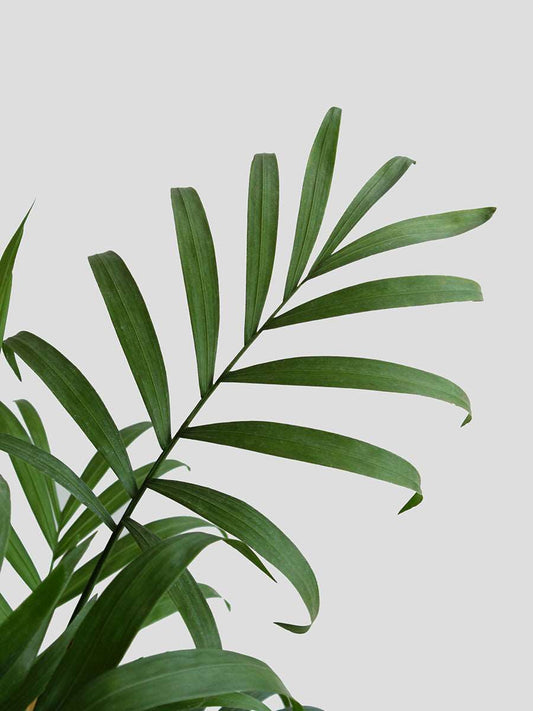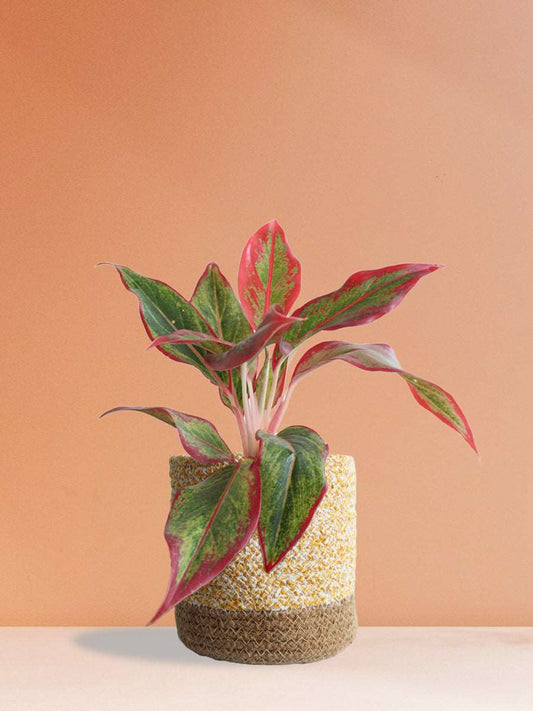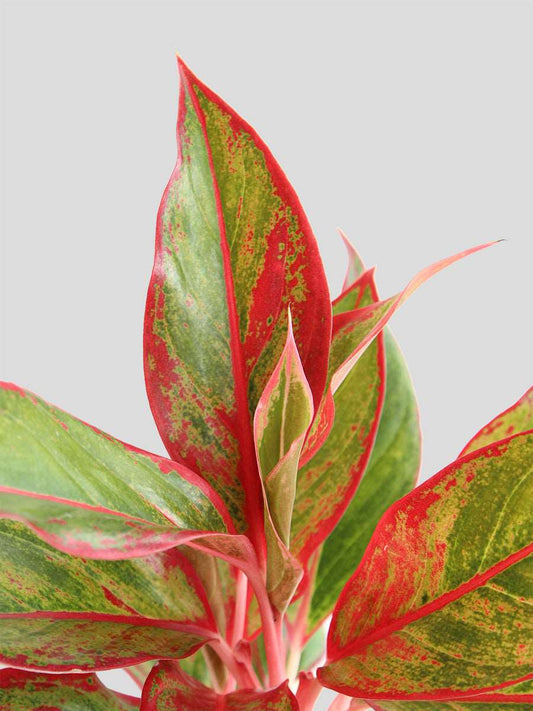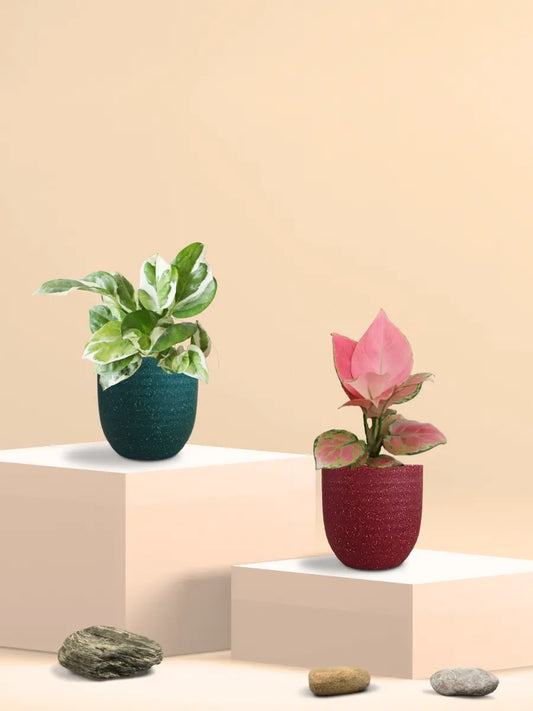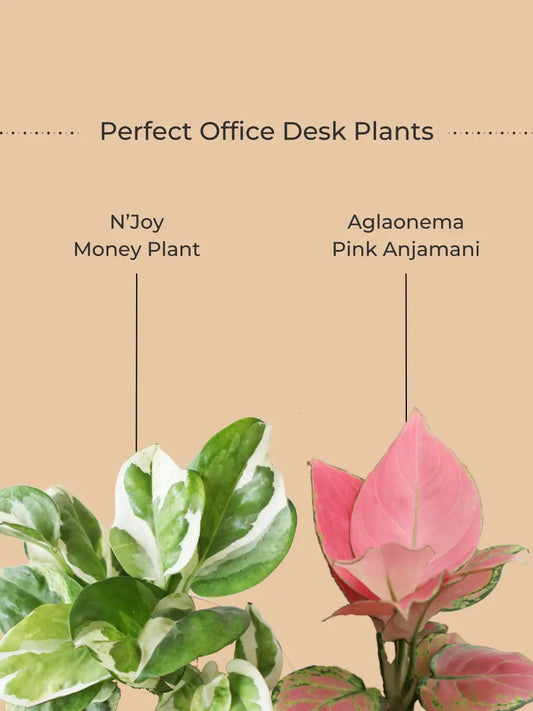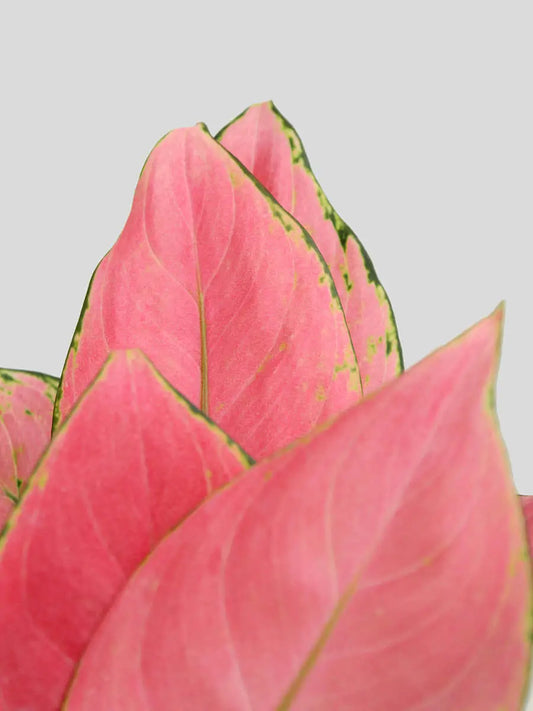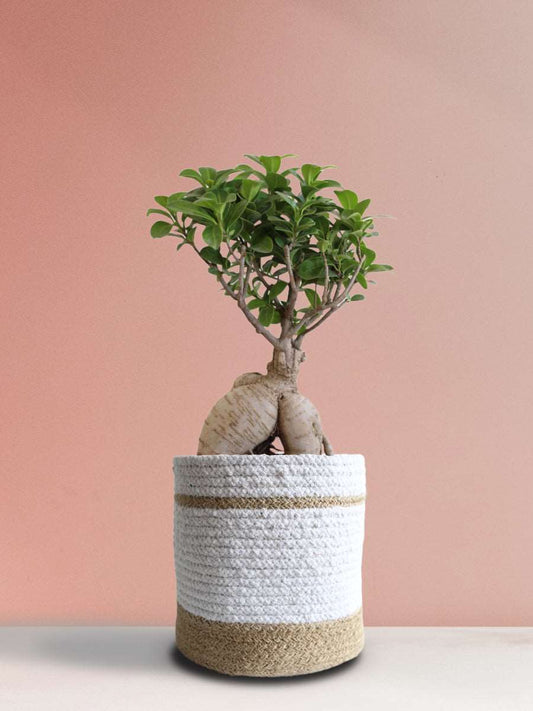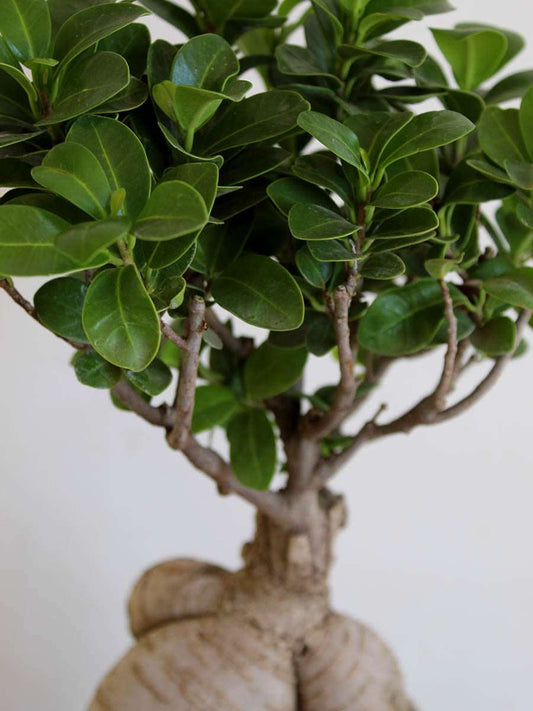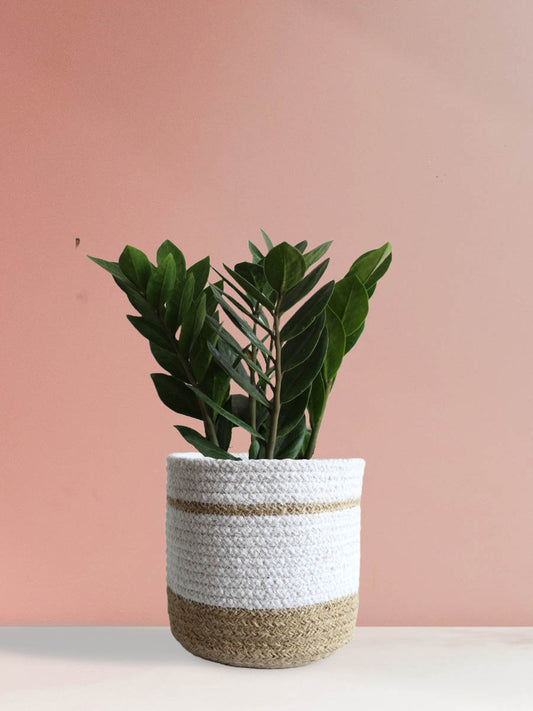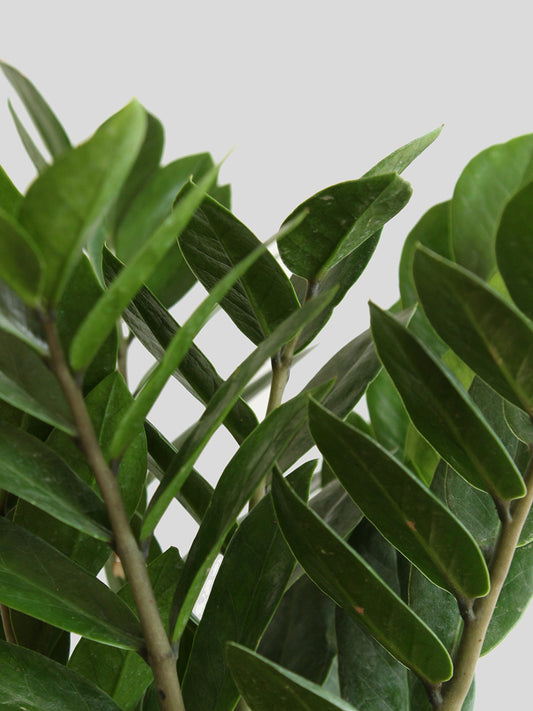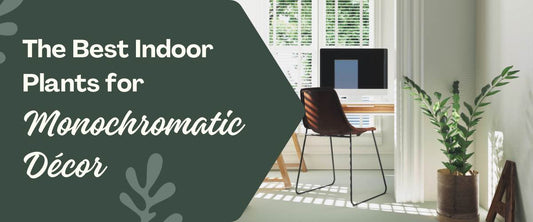The History of Indoor Gardening
Take a break, and wonder. Think about plants, the woody stalky stems and the branching green leaves. Did you water your money plant today? Oh! You did. But have you ever thought when it became a thoughtful idea to keep houseplants? Turns out it was years, we said aeons ago. From Eve's apple tree to Persephone and her pomegranate, plants have always been a bonhomie.
At the core of our effort lies in styling your surroundings (which we sell as Plants)
Instilling restoration of peace and calmness along with bringing life, colour, and drama to an interior space, plants can also help purify the air and increase cognitive functioning.
Boosting emotional health these green emeralds not only uplift mood, and improve concentration but also boost productivity by up to 15 percent.
History of Indoor Gardening

Despite our love for upkeeping plants inside, plants were never meant to be domesticated.
Throughout time and history and a number of civilizations in between humankind has experimented with bringing nature indoors, and it wasn’t until recently that houseplants became a common indoor sight.
Checkout these amazing indoor small plants for your balcony.
Timeline of Indoor Gardening History
1. The Beginnings

The Hanging Gardens of Babylon, one of the seven wonders of the ancient world, were especially curated for the wife of King Nebuchadnezzar II.
Indoor gardening with potted plants can be traced back to the time of early Greeks and Romans.
The outdoor spaces and courtyards of Ancient Egypt, India, and China also made use of potted plants, terracotta supremely.
Checkout these pots and planters at Greenkin.
Bonsai is a technique originated in Japan. In Japanese, Vietnamese and Chinese cultures have unique traditions of dwarfing trees for ornamental purposes, known variably as Hòn Non Bộ, Penjing and Bonsai. Designed to imitate fully-grown trees in nature, and were often accompanied by decorative rocks to simulate natural elements.
Also Read: How to select the best Pots for your Home.
2. The Renaissance and Beyond

During this time indoor plants were in Europe, cultivated largely restricted to monasteries, and plants were grown for practical purposes, for food and medical use. No more plants for pleasure or decor.
Followed by Renaissance and the cultural transformations it brought. Renaissance, revitalised orangeries, and global exploration, that meant an influx of new-world foliage, once again brought home to showcase in Europe.
3. The Era of Plants 1840-1930

Plants became a staple accessory to a room well decorated. But like all the other elements of design, houseplants are subject to trending changes. Many simultaneous trends and microtrends saw an uprising in the 1900s primarily up and arising from mainstream media—television, magazines, books—and thus reflecting the culture and its representation in the said media.
Also read: How to design a sensory garden for your kids.
Conclusion
Greenkin explores all things plants and beyond at www.greenkin.in
To know more about the history of plants and people follow us at Greenkin.
We also express and write in plants through styling, design, curation, and care.





